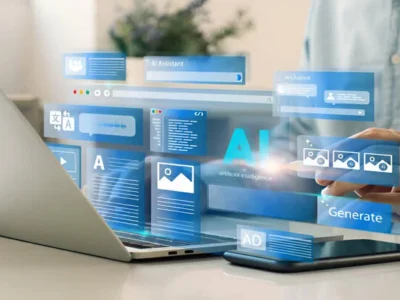A significant step forward in device interaction and communication within a networked environment is the Internet of Things (IoT). IoT enables seamless data exchange between physical objects and digital systems by integrating sensors, software, and other technologies. This connectivity allows for real-time monitoring, management, and automation of various processes across industries, from smart homes to industrial applications. Essential to this network are communication protocols, which facilitate the smooth transfer of information between devices. As a result, businesses can optimize operations, enhance efficiency, and deliver innovative services. The transformative potential of IoT connectivity is driving advancements in numerous fields, making it an essential component of modern technological landscapes.
Importance of Protocols and Gateways
Protocols and gateways are fundamental to the IoT ecosystem. Protocols provide the guidelines for data transfer between devices, guaranteeing consistency and compatibility. Popular protocols like MQTT, CoAP, and AMQP facilitate efficient, reliable communication in resource-constrained environments. Gateways are like middlemen; they translate data from one format to another so that different systems can work together. This capability is essential for seamlessly integrating devices with varying communication standards.
The successful implementation of protocols and gateways can significantly enhance the efficiency and reliability of IoT networks. For instance, gateways can aggregate data from various sensors and machines in a bright factory environment, translating it into a unified format to improve monitoring and decision-making processes. Due to their ease of use and capacity to handle large volumes of data, protocols like MQTT and AMQP are frequently utilized in Internet of Things applications. Moreover, using protocols and gateways helps maintain data integrity and reduce the risk of communication failures.
Emerging Trends in IoT Connectivity
The future of connection is shaped by significant factors affecting the Internet of Things (IoT). Edge computing makes real-time data analysis feasible, allowing data to be analyzed closer to the source, decreasing latency, and increasing processing speed. Applications such as industrial automation and driverless cars benefit most from this. AI and machine learning also integrate into IoT networks, enabling predictive maintenance, automated decision-making, and enhanced security. These technologies are crucial for IoT applications’ growth and scalability, reducing downtime and maintenance costs. AI also improves the functionality of IoT devices, making them more intelligent and responsive.
Security Challenges and Solutions
The security challenges increase in tandem with the proliferation of connected devices. Protecting sensitive data and ensuring device integrity is crucial for maintaining user trust and compliance with regulations. Malware attacks, data breaches, and unauthorized access are examples of common security dangers. The decentralized nature of IoT networks makes them particularly vulnerable to these threats, necessitating robust security measures.
Organizations are adopting advanced security measures such as encryption, authentication protocols, and blockchain technology to address these challenges. For example, blockchain can create an unchangeable log of transactions and data transfers, making it challenging for malicious parties to modify or fake information. Data is safeguarded as it moves through the network thanks to encryption protocols, which deter unauthorized access and maintain data confidentiality.
Future Predictions
The future of IoT connectivity looks promising, with rapid advancements in technology driving innovation. The rollout of 5G networks will play a pivotal role in supporting the massive data requirements of IoT applications. 5G’s fast speed and low latency will enable the development of more advanced and data-heavy applications, such as remote surgery and real-time industrial monitoring. Additionally, the increased bandwidth of 5G will support the growing number of connected devices, ensuring reliable and seamless communication.
Industry experts expect to see more widespread adoption of edge computing, AI-driven analytics, and decentralized IoT networks in the coming years. These advancements will improve efficiency and open new avenues for innovation and economic growth. Integrating AI and machine learning will continue to enhance the capabilities of IoT devices, making them more intelligent and autonomous. Decentralized networks powered by blockchain technology will provide more secure and resilient IoT systems, protecting data integrity and reducing the risk of cyberattacks.
Ampak Technology: The Future of Wireless Connectivity










Comments